
We now provide therapy services for students from Kindergarten through 12th grade. Our expanded Seneca team joins Lighthouse’s own Lead Clinician, Lighthouse’s Clinical Psychologist and 5 Clinical Psychology interns. I think this is the largest combined counseling support team of any of our All In programs--11 people sharing three therapy spaces, fanning out to support a myriad of students, families and needs in a -dare I say- beautifully coordinated manner. This doesn’t even factor in our Speech and Occupational Therapy providers, who round out our Seneca therapeutic team (between the Lighthouse and Lodestar school campuses) to create quite a crowded office when we all show up at the same time!
Coordinating this many people takes planning, patience and understanding from everyone involved. To start, our teams had to get real about how many rooms the school has available for confidential therapy space. Once this was established, teams set about creating color-coded, individualized calendars that show who will use what room, and when. Even with this organizational feat completed, I have witnessed team members graciously offering to step out of a shared space to allow for another confidential meeting to occur. I am consistently charmed by the positive energy and willingness to compromise that each person seems to manifest as these teams get to know each other and we head into the second quarter of the school year.
There is no doubt the students at Lighthouse can feel this level of collaboration and kindness. When teams work to build trust and show grace to each other, team members are more equipped to meet the needs of the students with a grounded, even presence. It’s like that airplane-age-old proverb of putting your oxygen mask on first before helping others: the Lighthouse team is bringing so much oxygen!!!
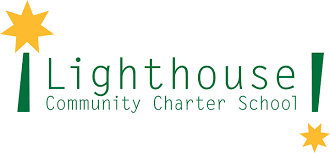

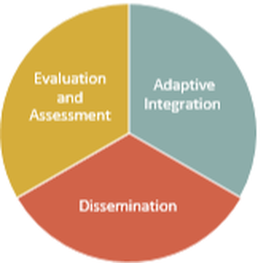
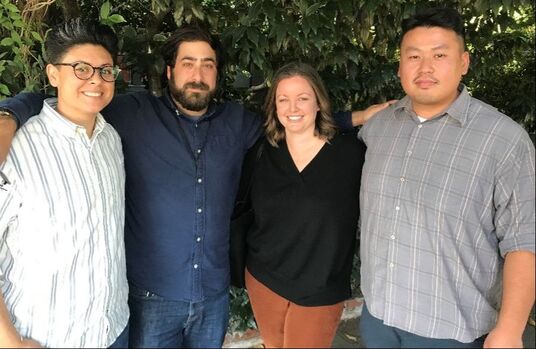
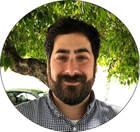
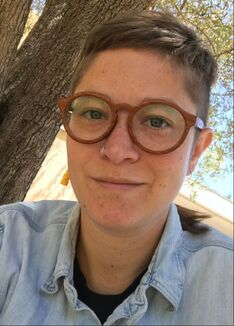

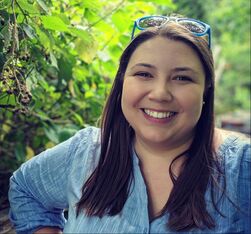

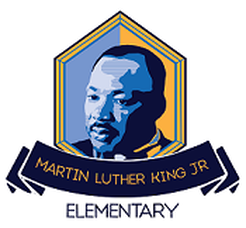

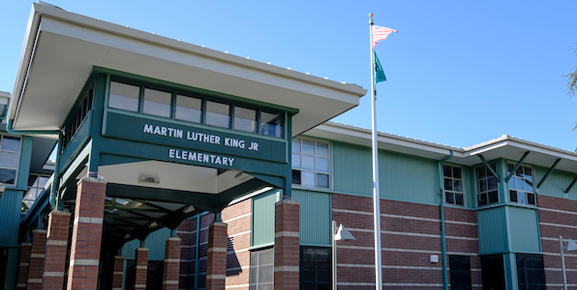
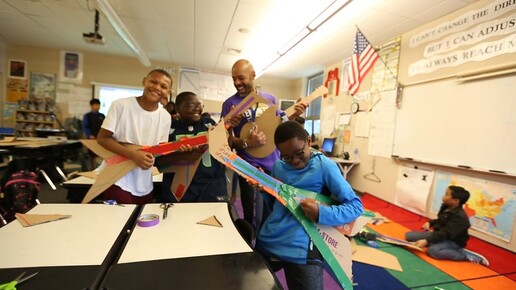


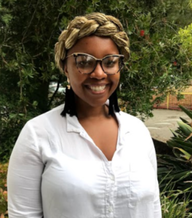

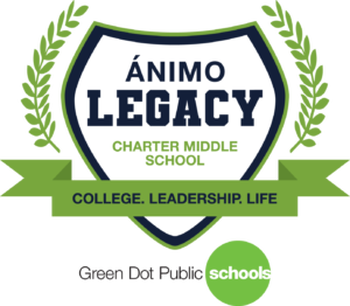

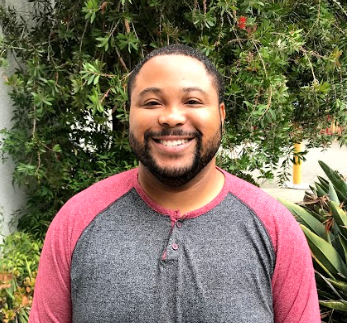



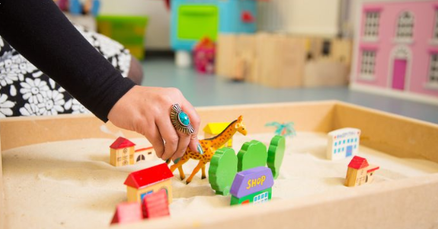
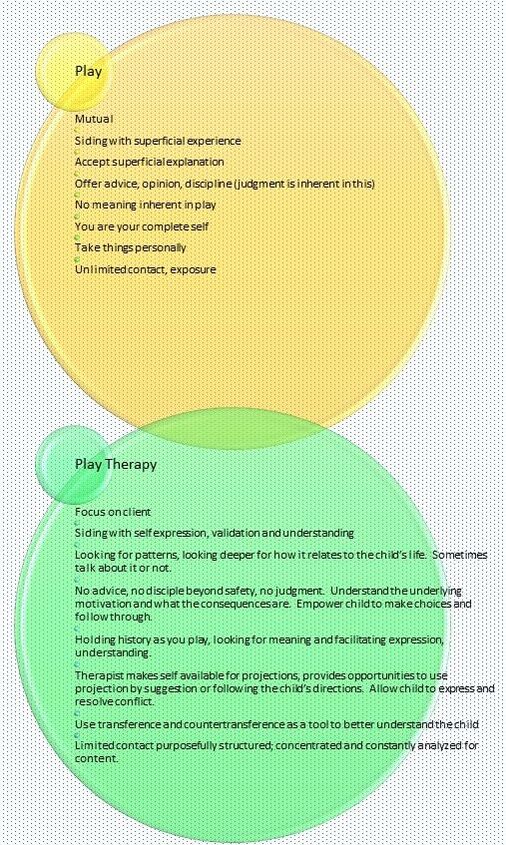

 RSS Feed
RSS Feed